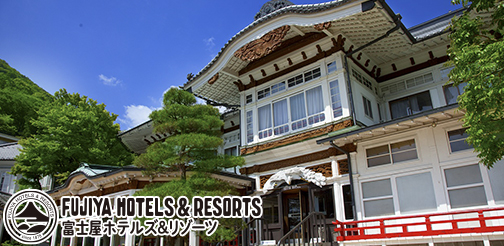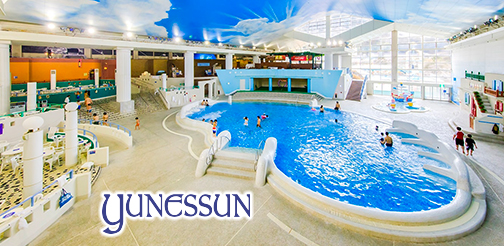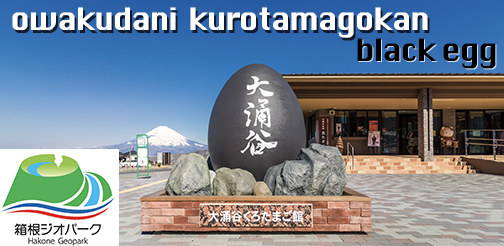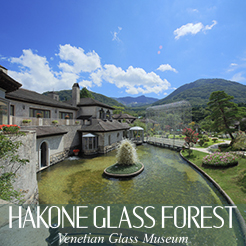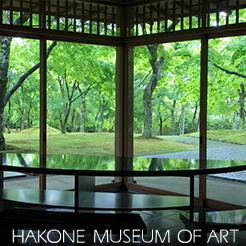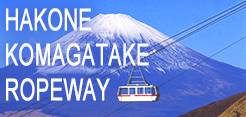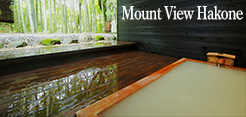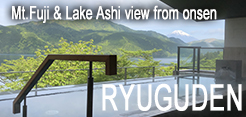Hakone Volcano History
When you visit Hakone you can experience the power of nature and the wonders of Earth. Japan is one of the most seismically active regions in the world. Japan lies on the “Pacific Rim of Fire” that encircles the Pacific Ocean. Hakone lies at a special intersection of three tectonic plates and is the reason for the hot springs and volcano. Hakone is composed of two overlapping calderas measuring about 11km. They were formed in two major eruptions dated 200,000 and 80,000-60,000 years ago. When exploring the Hakone area you are actually traveling within the weathered walls of a dormant volcano.
The original volcano is estimated to have been over 2700 meters in height. Volcanic activity started again in 130,000 years ago and filled the first eroded caldera. Many people are familiar with Mt. Fuji and should know that it is a dormant volcano that is right next to Hakone.
Hakone is one of the few places in the world where you can experience and feel the geological movements of the earth. In the Owakudani area of Hakone you can see the steaming vents and smell the sulfur coming from the lower level of the earth. The area is closely monitored for visitor safety and is sometimes closed due to earthquakes or high levels of gas release. The three tectonic plates that come together here are the Philippine Sea Plate, Eurasian Plate, and the North American Plate.
Discover Hakone Geological History
Onsen
One of the highlights to being a volcanic area are the abundant hot springs/onsen that are found throughout the Hakone area. Hakone is considered a hot spring “theme park” because of the variety of hot spring water that can be found throughout the area. Different areas have hot spring water with different mineral content and health benefits.
Owakudani
Owakudani is the exposed side of one of Hakone`s highest peaks. There are wonderful views of Fuji, but most people come to see the steaming sulfiric vents of the area. This is where the famous black eggs are made by boiling the eggs in the sulfiric water.
Lake Ashi
Lake Ashi was created thousands of years ago when a landslide on the side of the Hakone volcano created a space for water to collect. It was filled with fresh water and is considered one of the few crater lakes in world. You can appreciate the beauty and contrast the lake waters with the steep mountains surrounding the lake.
Waterfalls
There are many waterfalls in the area as well. A few of the waterfalls like Tamadare Waterfall, do not have rivers as their flow source. Rather, these waterfalls exist at the area where water exits from two ancient layers of volcanic lava flow. The waterfalls at these areas seem to come out of the side of the mountain and are even revered as spiritual sites in the shinto religion.


